It’s no secret that I love botanical prints. But I really, really love botanicals with black backgrounds.
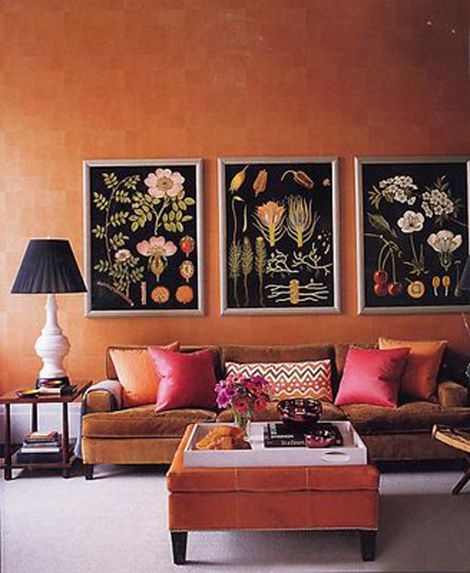



It seems like black botanicals are sort of hard to come by? I searched eBay and etsy and then I moved to Amazon. There I stumbled across this book about Mary Delaney.
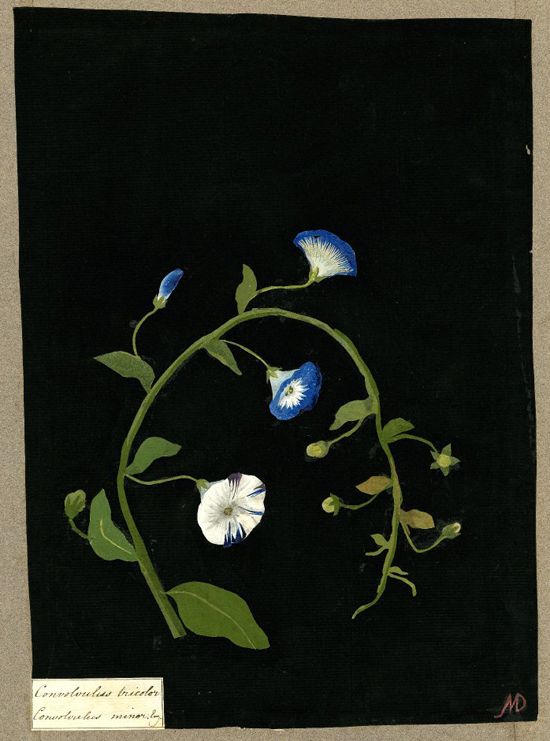
It sounds like she was a fascinating society woman and artist in her day (the mid-late 1700’s), who, between the ages of 72 and 82, made over 1,000 botanical works constructed almost entirely from cut paper. Can you imagine!?! I am endlessly inspired.

Lucky us, the British Museum allows downloading and printing of their images for personal use! Here are some of Mrs. Delaney’s many works.
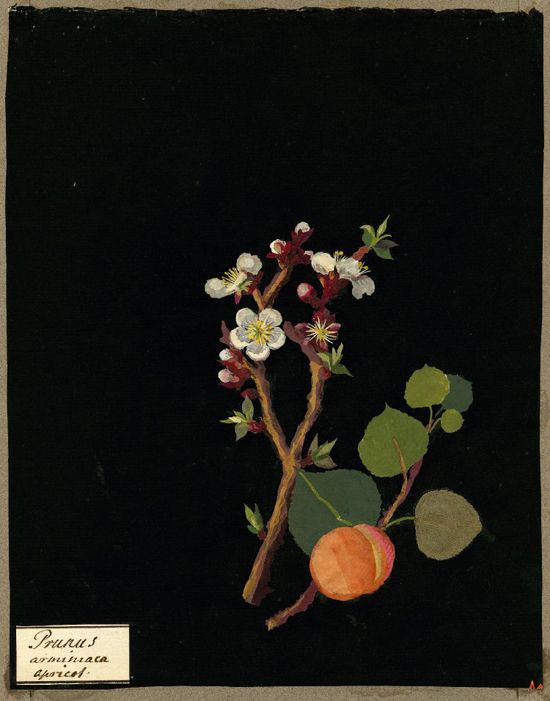
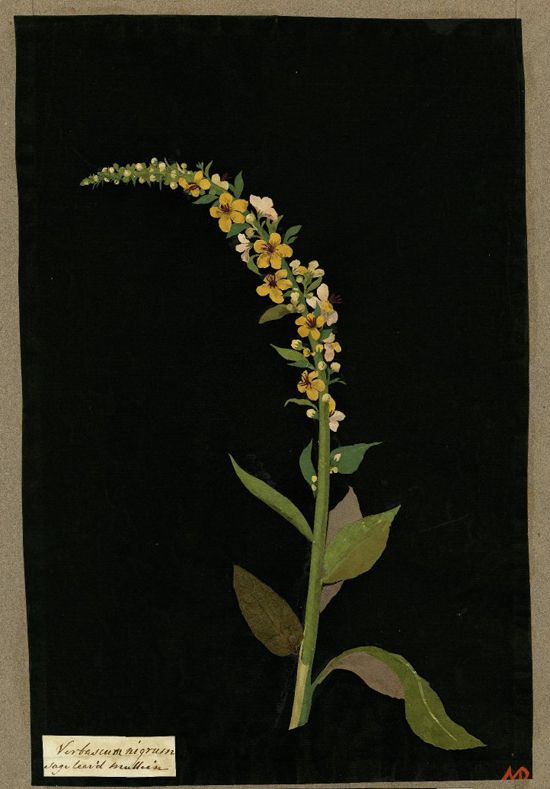

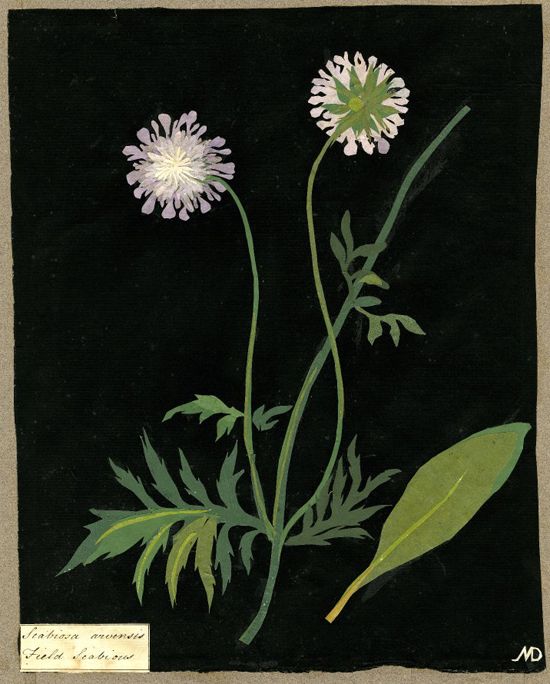
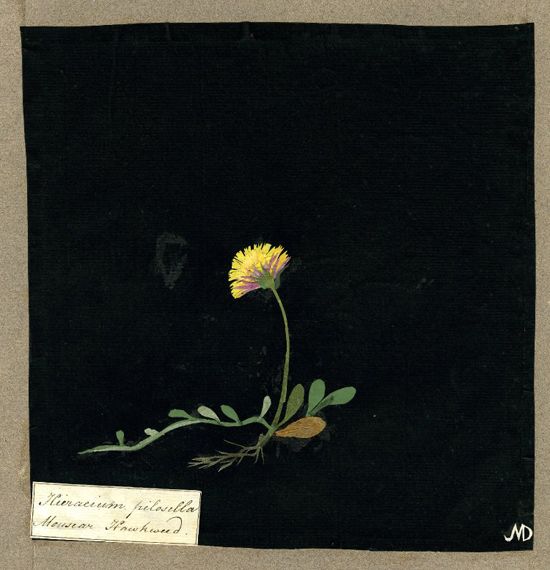

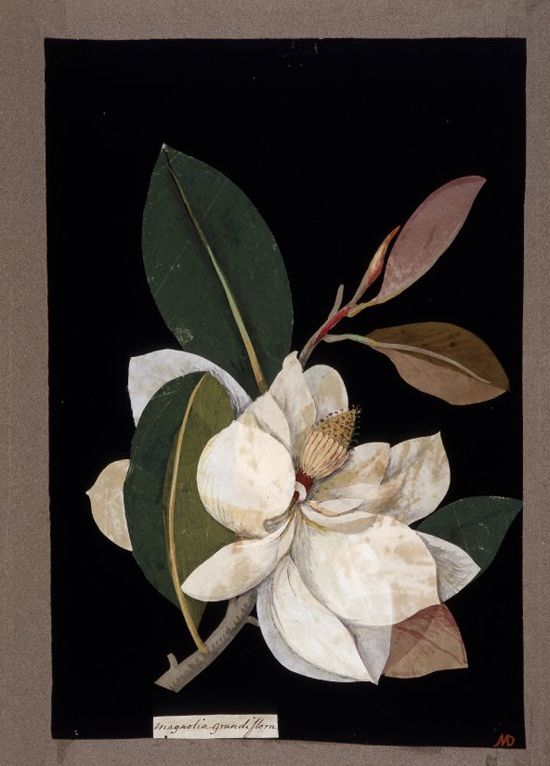




That Magnolia makes me happy! I love when I hear stories of women creating in their senior years!
pve
These are all so gorgeous and I'm with PVE…my hat is off to creative seniors.
How would you print those so they came out really good though? seems like it might not be very sharp on a normal printer.
Have you seen this post from Katy Elliot?
http://www.katyelliott.com/blog/2009/09/inspired-by-dark-backgrounds-bright-colors.html
Good stuff!
Lovely. Really like the simple sprig with a few red berries.
I love…
yup, love these. here's a source on the posters: http://theevolutionstore.com/store/botanical-posters
You have the most incredible blog. I have learned sooo much from you and your amazing finds. You always seem to have a leg up on the other decorators who just copy one another, or blindly follow Lilly Pulitzer, J. Crew, etc. and act like this is the be all and end all of life!
Keep up the good work – you are such an inspiration.
Thanks for the BM link! I love these designs, especially the ones with lots of black space. It always surprises me how something almost 300 years old can look so fresh and modern. I'll definitely be printing and hanging a couple of these in my new place!
I think I'm in LOVE!
Wow! These are amazing! I've never seen a black background botanical. I really think they are beautiful. Your ideas are amazing! Always looking forward to reading!
Pretty! I've never seen them on black-what a great twist =)
And now I do too!
The tulip is so sweet! A black background is so glamorous!
That magnolia flower made me jump a little. Beautiful. Thanks for sharing!
ooo. I'm loving this too. What a fresh take on the old school botanical prints. :)
Bre @ http://theredbungalow.blogspot.com
Love the botanicals! But what also caught my eye is that awesome iron/glass coffee table in the third picture. Any idea where that came from?
How gorgeous! Another great resource!
Those a beautiful!! And AMAZING!!
I can't believe she did them all between the ages of 72 and 82– what an incredible woman! I am sincerely inspired.
Thanks for sharing these. I, too, love botanicals, but the black background on these gives the images more depth. I have just the right place once I print and frame them.
Love it!!! But…. I love those green patterned pillows even more! Any idea where I can find that fabric? Thanks!
i love these! i have 2 old barrel chairs from my grandmother that i recovered in a black fabric with large floral prints on them. it reminds me of British India, so elegant and romantic…
delightfully awesome.
the store J.E.M I blogged about had a bunch of old drawings of small sea life things and I thought of your blog. She said she found them from an old micro biologist. They were super cool.
I think someone asked this in a comment above, but how do you print these? I would like to have a larger one (bigger than my printer could do) – how big can you make them?
Regarding the questions on printing, you just need to take the images (either on a disk or a zip drive) to kinkos or a print shop and they will print out a large size for you. You can also upload the image to target, walmart or walgreen photo sites and they will print larger size prints. But I recommend actually taking the digital image into a shop and talking with the printers about size and specs.
Also, I cropped a lot on the images on the British Museum site. So, you'll probably have to do the same to get the dimensions right and to get rid of all the non-art stuff in the images.
Thanks!
Where at British Museum website can you download Delaney prints?
Awesome! I like to check out your blog every once in a while and was so excited when I saw this post on Mary Delaney! If you have a chance, you should check out the University of Texas's page on her: http://www.en.utexas.edu/Classes/Moore/delanyIndex.htm
The Delaney botanicals are amazing. Could imagine the patience?! I also notices some floral on black botanicals on the nypl site you posted about awhile back.
So beautiful!
You are always so resourceful! I'm with you on black botanical prints…yum.
awesome! thanks for sharing. I recently found some similar images on black backgrounds at allposters.com
http://bit.ly/cr35fP
Hi Jenny – found you site while looking at Mrs Delany images on google. I have bought the new book 'Mrs Delany and her Circle' – it is wonderful. I have just had a solo art exhibition in Berlin (I live in Ireland) mainly botanical on dark or black backgrounds – if you are interested … visit
http://www.jenniecastleartist.blogspot.com
Thanks for the interesting blog.
Jen
FYI – don't buy the book like I did! There are only 5-6 full page pictures of the prints in the whole 250 page book. The rest are small thumbnails and LOTS of text about her and her life. I had planned on cutting out pages, but will definitely be going the printing route!
Water clocks did not depend on the observation of the sky or the thomas sabo sun. The earliest water clock was discovered in the tomb of Amenhotep I who was buried around thomas sabo online shop deutschland 1500 B.C. Greeks called them clepsydras ; they were stone boxes with sloped sides that allowed water to drip thomas sabo anhänger at an almost unceasing rate from a small hole in the bottom.Other clepsydras were cylinders or thomas sabo charm club anhänger bowl formed engineered to slowly fill up with water coming in at a near sustained pace. Markings on the thomas sabo anhänger günstigangebote thomas sabo anhänger at night, it is thought they were utilized in the day hours too. A metal bowl with a hole the bottom was placed in a bigger bowl crammed thomas sabo charm with water.It would fill and then sink in a certain quantity of time.Since water flow was not exactly predictable sabo charms and difficult to control the flow accurately, timepieces that depended on water were very inadequate. People sabo charm were drawn to develop more accurate ways of measuring and telling time.The development of quartz crystal clocks and timepiecesthomas sabo anhänger sale depended on the crystal size, shape, and temperature to create a frequency.
I just wanted to let you and your readers know that I’m offering my botanicals on black! You can get them at DayThreeCreations on Etsy at http://www.daythreecreations.etsy.com
I was lucky enough to see some of M.Delaney’s work back in 2009 at the Yale British Museum in New Haven, CT. I have been trying to find prints for our housemaid noticed your blog. Can you let me know how you downloaded the images from the British Museum?